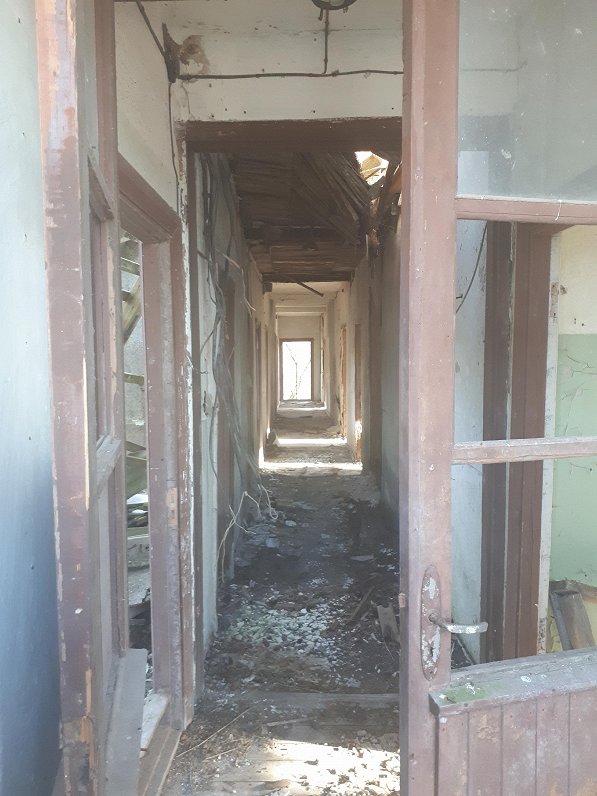Among those villages is Brīdaga - a crumbling set of ruins located between the towns of Limbaži and Salacgrīva. Its location at some distance from the capital gave it a better known and suitable Orwellian name: "101 Kilometers".
Nor was the name restricted to Latvia - for example the 100 kilometer rule was applied in Russia, too, with undesirables kept at arms' length from Moscow and other major cities, as part of a set of "internal exile" restrictions similar to those of the Tsarist era.
Latvian Radio's Dārta Rasa Ozola recently paid it a visit and produced the photo gallery below.
Now it is all but abandoned, but in the 1950s it had dozens of residents, many of whom were returning from Siberian exile and all of whom were classed as "undesirables" whether for their political stance or for petty criminality. They were policed by a strong presence of militia and the geographical location was no coincidence: people who wound up at Brīdaga were among those restricted from living within a 100 kilometer radius of Riga.
Residents were given work in the surrounding forests - meaning that the settlement was in many ways more reminiscent of a labor camp than a regular village.
This article from the archives of The Atlantic magazine gives a vivid description of later life in and around a Russian 101st kilometer town that may also be of interest.



























